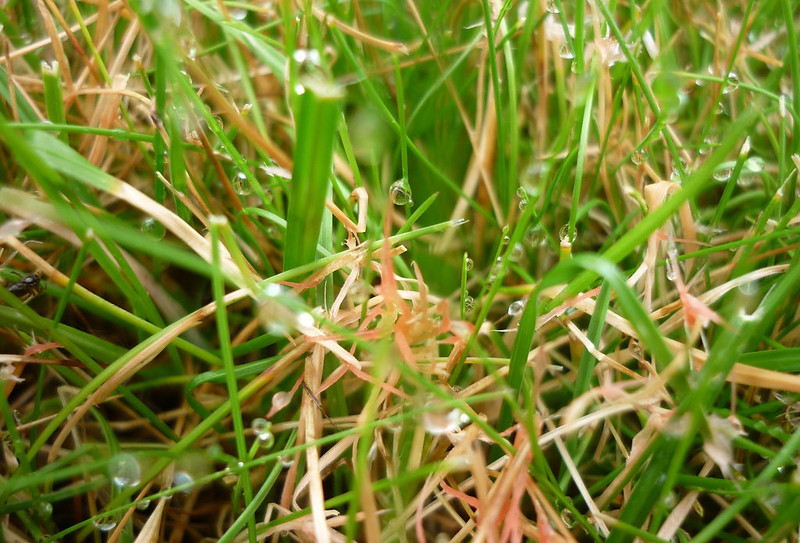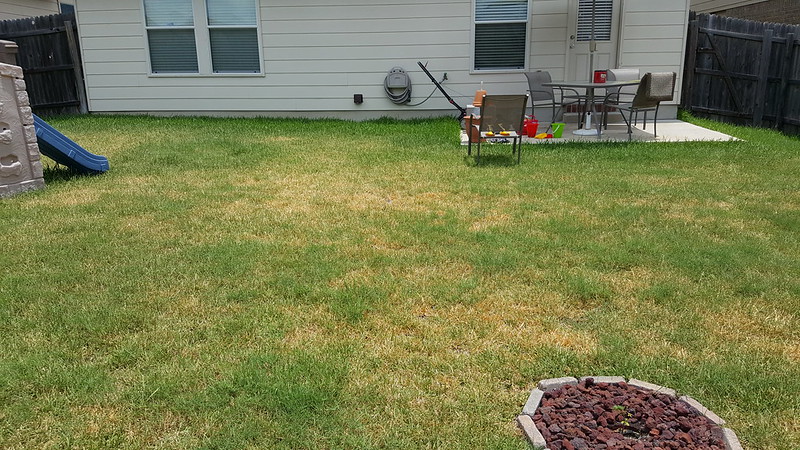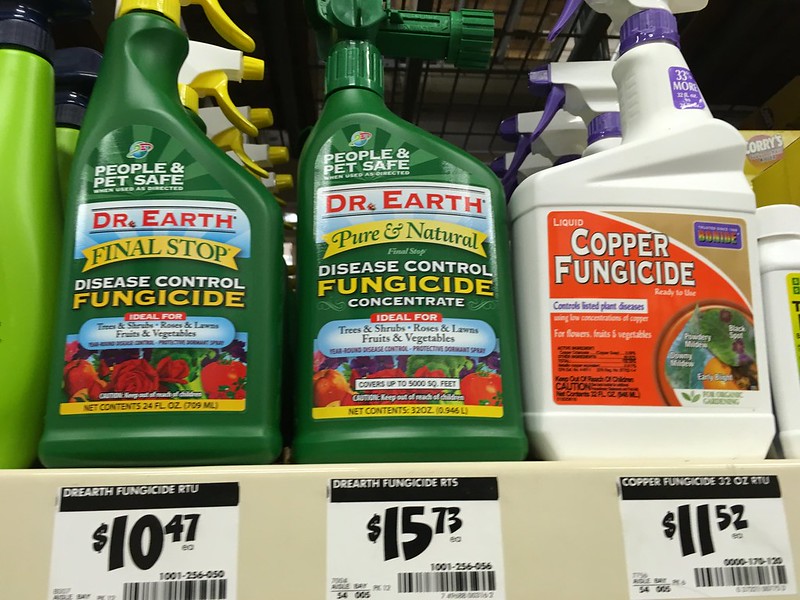
All types of Texas grass are susceptible to fungus, especially when humidity and heat are high and drought conditions are commonplace. You’ve likely experienced the moment when your eyes are proudly sweeping across your freshly cut lawn and you see something strange that has sprung up. Maybe it’s a patch of brown or perhaps it’s a doughnut-shape of yellow—regardless, you’re likely thinking—what the fungus?

Image via Flickr SSTUDIO Samuel Bietenholz
Believe it or not, there are a few different Texas lawn fungi that can pop up in any type of grass. You don’t need to be in the middle of the woods to experience lawn fungus, it’s way more common than you think. First things first, it’s important to clarify the different types of fungus that you might find in your Texas lawn. The most obvious and common type of lawn fungus in Texas is known as the brown patch or large patch. The brown patch fungus affects all types of grass but most commonly happens with St. Augustine. This fungus manifests itself in big brown patches throughout the yard, either on individual blades or giant patterns near the soil.

Image via Flickr Kris Lord
Another type of yard fungus is the take-all root rot or the take-all patch. This yard fungus can show up in a circular pattern and is likely found in St. Augustine grass, ryegrass, or Bermuda. The take-all root rot will turn blades of grass yellow during the warmer season which can be quite unsightly. The best way to tell if you have root rot is to look at the grass where the plant and dirt meet and see if the roots are rotten. If they pull out easily, you might have take-all root rot.

Image via Flickr Wil C. Fry
When lawn fungus in Texas is left untreated, it will likely continue to spread over larger portions of your yard. A common cure-all for this type of fungus is a fungicide, which when applied properly and at the right time can heal your lawn quickly. Rather than making this a DIY project that you’ll later regret, call your lawn care professionals to handle treatment.

Image via Flickr Gail Langellotto
There are ways, however, that you can prevent this type of lawn fungus from occurring. For starters, watering your grass is the best defense. Water regularly (not daily) up to 4 to 6 inches in depth when needed. Make sure to water in the early morning so that the water has time to reach the roots of the grass before the sun is high in the sky.
Additionally, you should also rake your lawn regularly to avoid the spreading of lawn fungus further. Make sure to rake up any fallen leaves quickly to avoid any soggy piles. Fungi thrive in damp conditions, so when you don’t have proper drainage throughout your lawn, or you let clippings and other debris sit for long periods of time, this can be a huge problem.
If you think your lawn has contracted a bit of yard fungus, have no fear…Handsome Lawn Service will be able to assess and treat your lawn quickly and with care.